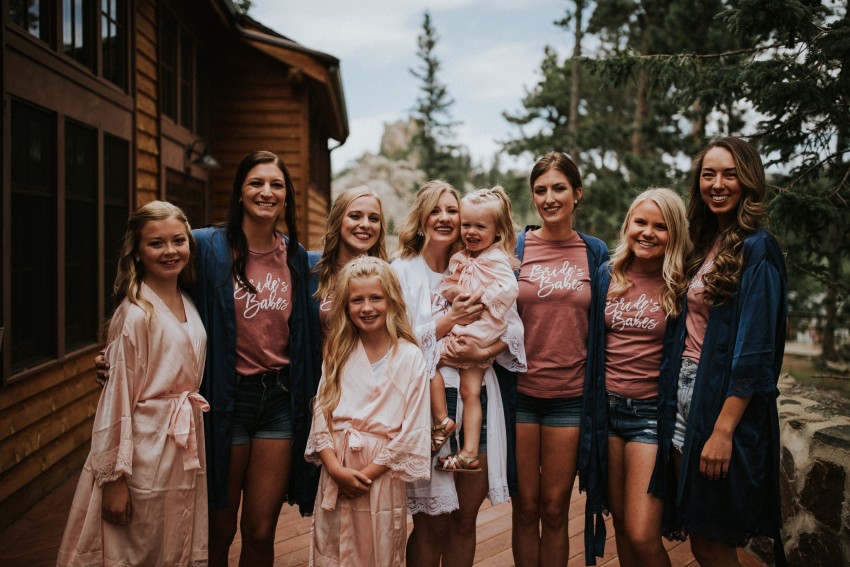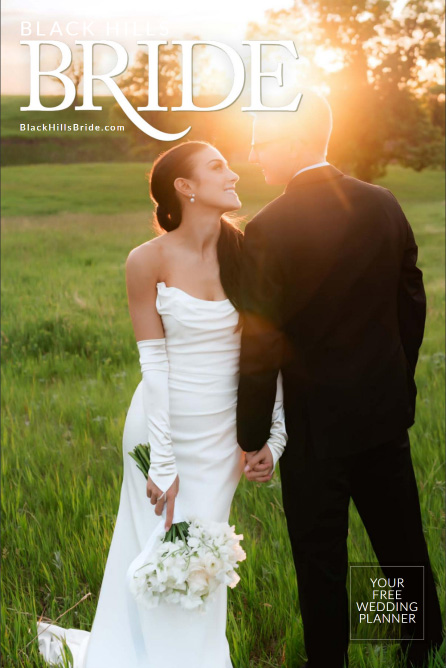Military Wedding Traditions
The military is known for their adherence to customs and traditions—and some apply to weddings. While there is no requirement for you to include any of them, incorporating military tradition into your big day is a great way to honor this aspect of your new life together.
During Wedding Planning
Consider wedding insurance. While this is a factor no matter what, for military couples this can be critical. Military life comes with a certain amount of uncertainty; training requirements or deployments change sometimes at the last minute. Be prepared to be flexible and protect your investment if you need to change your dates!
Are you using a base chapel or venue for part of your wedding? Be sure to inquire about getting guests access to base. Usually this isn’t a hard process, but some installations require advance notice and guest information, so don’t wait until the last minute.
Decide who you do or don’t want in uniform. Will you or your spouse wear a uniform? Which one you wear depends on the rank, branch of service, and formality of your wedding. A quick rule of thumb: if you’re having a white or black-tie wedding, mess dress is appropriate. For less formal events, you have the option of Class-As or service dress.
Expecting numerous military members to attend as guests? Adding “mess dress invited” to a black-tie invitation is appropriate. Similarly, you can add “service dress invited” for a semiformal affair.
Ceremony Traditions
There are a few differences you should know about when planning your ceremony. From flowers to attire, here are the big ones:
- Flowers: Anyone who is wearing a military uniform cannot wear a boutonniere or corsage.
- Gloves. Anyone in the bridal party in uniform should wear white gloves, especially if they’re carrying a saber. The groom and best man are exempt, since they will handle the wedding rings.
- Saber arch. Perhaps one of the most popular ceremony traditions is the saber arch, but generally is only performed for commissioned officers. Six or eight saber bearers will make an arch for you to walk under during your recessional. This is a great way to involve military friends in your ceremony who might not otherwise be in the bridal party.
- A fun tradition is for the last set of saber bearers to lower their sabers in front of the couple and require the groom to dip the bride and kiss her before allowing the couple to pass.
- Some also choose to have the last saber bearer tap the bride or groom — whoever isn’t in the service — on the rear as they pass and say “welcome to the (Branch of Service)!” If you both serve, or prefer not to include it, you can omit this step.
Wedding Reception Military Protocol
Most of these really apply only if you have a large number of military guests in attendance. However, even if you only have one or two friends in uniform, including all or part of these traditions in your day can add a unique touch.
- Seating: If there are high-ranking members in attendance at a formal reception, they are generally seated near the couple or their family as a sign of respect. If you choose not to seat them near you, a brief acknowledgment of their presence at some point is a good idea.
- Toasts: During a formal military mess, it’s tradition to recognize guests of honor, high-ranking attendees, foreign dignitaries, and our nation’s prisoners of war and missing in action. The format varies slightly between services, but it’s a simple way to add a bit of military tradition to your day. This is especially easy when done with the normal wedding toasts.
- Cutting the cake: Another great use of a saber is to cut your wedding cake with one. Usually both the bride and groom hold on to the hilt and cut the cake together, but feel free to have fun with it! While sword fights are entertaining, if you don’t own the sabers, make sure you don’t damage them.
- POW/MIA table: This tradition is a solemn reminder of those who have been imprisoned or have never returned from their service. While it’s a touching tribute, it’s recommended that you reach out to your installation protocol office to make sure you execute this tradition correctly.
As with all traditions, military customs and courtesies should be something both the bride and groom agree on. Keep in mind that wearing a military uniform demands a certain level of decorum, which may be more formal than you want on your big day.
Feel free to include all military traditions, just a few, or simply acknowledge you or your partner’s service by introducing you as “(Rank) and Mrs./Mr.” after you are wed.


